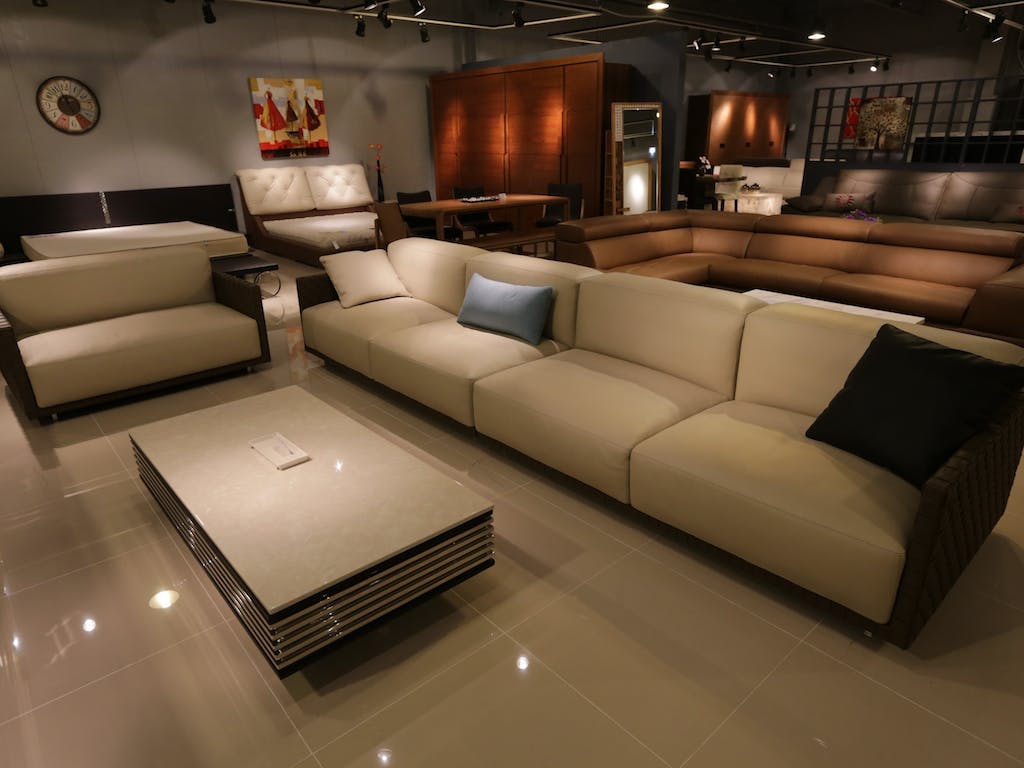Creating a comfortable and inviting living space is all about selecting the right furniture that matches your style and complements your lifestyle. Whether moving into a new home or looking to refresh your current space, finding the perfect furniture can be a fun and rewarding adventure. Let’s dive into some tips to help you make the best choices for your residence.
Assess Your Space
Before you start shopping, look at the available space in your residence. Consider the dimensions of each room, the layout, and any architectural features that might impact furniture placement. Think about traffic flow and the overall function of each room. This assessment will guide you in choosing furniture that fits well and doesn’t overcrowd the space.
Define Your Style
Furniture reflects your style, so defining what you’re drawn to is important. Are you into a sleek modern aesthetic, a cozy farmhouse vibe, or a mix of eclectic elements? Browse magazines, websites, and social media platforms for inspiration. Create a mood board or a Pinterest board to help you visualize the look you’re aiming for.
Consider Comfort
Comfort should be a top priority when selecting furniture, especially for pieces you’ll use daily, like sofas and chairs. Test out furniture in person whenever possible. Sit on sofas, feel the cushions, and check the ergonomics. Remember, style is important, but you will only fully enjoy your space if you’re comfortable.
Quality Matters
Investing in quality furniture might be a bit more expensive upfront, but it’s a decision you will be proud of. Well-made furniture not only lasts longer but often looks better as it ages. Check the materials used, the construction, and the reputation of the brand or manufacturer. Having a few high-quality pieces is better than a room filled with cheap, disposable furniture.
Functionality and Flexibility
Think about how you’ll be using each piece of furniture. Multi-functional furniture is a great choice, especially for smaller residences. For example, a sofa bed can provide extra sleeping space for guests, and a dining table with leaves can accommodate everyday meals and larger gatherings.
Color and Material
The color and material of your furniture can significantly impact the ambiance of a room. Neutral colors are versatile and timeless, allowing you to change accent colors easily. When it comes to materials, consider both aesthetics and practicality. For instance, leather might be elegant but high-maintenance, while microfiber is more durable and easier to clean.
Measure Twice, Buy Once
Before making any purchases, measure doorways, hallways, and staircases to ensure the furniture can be delivered and fit into your residence. There’s nothing worse than falling in love with a piece only to realize it won’t fit through the door.
Mix and Match
Refrain from buying an entire matching furniture set. Mixing and matching different styles and pieces can add character and uniqueness to your space. Make sure a common thread ties everything together, like a consistent color palette or design theme.


